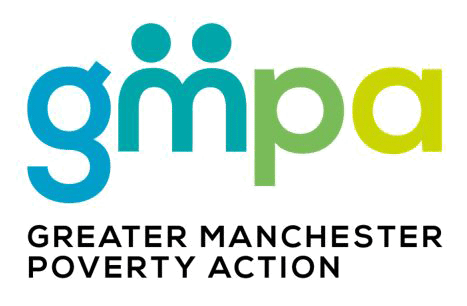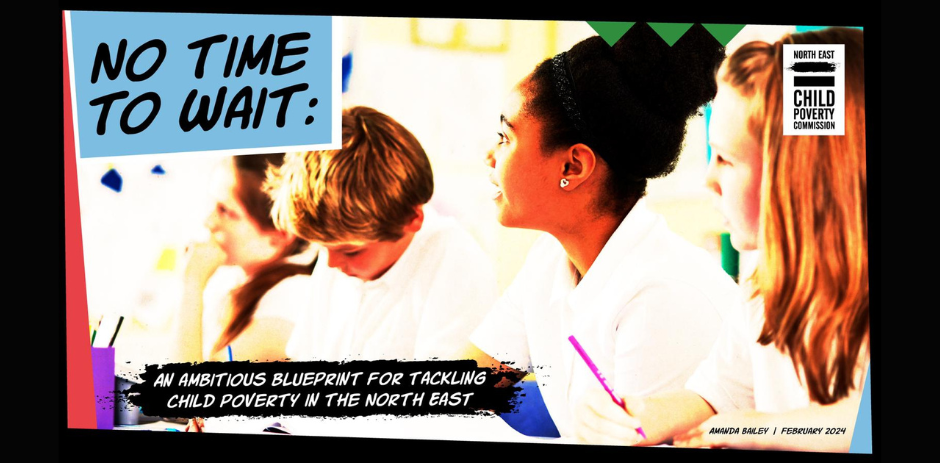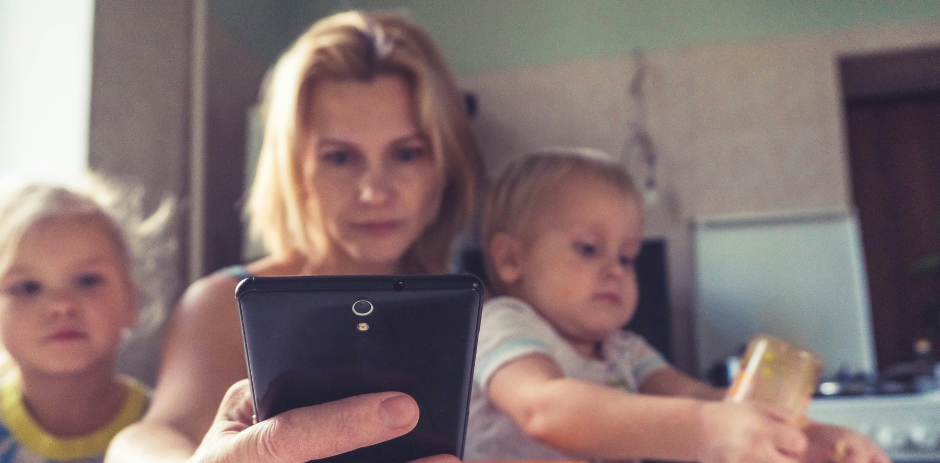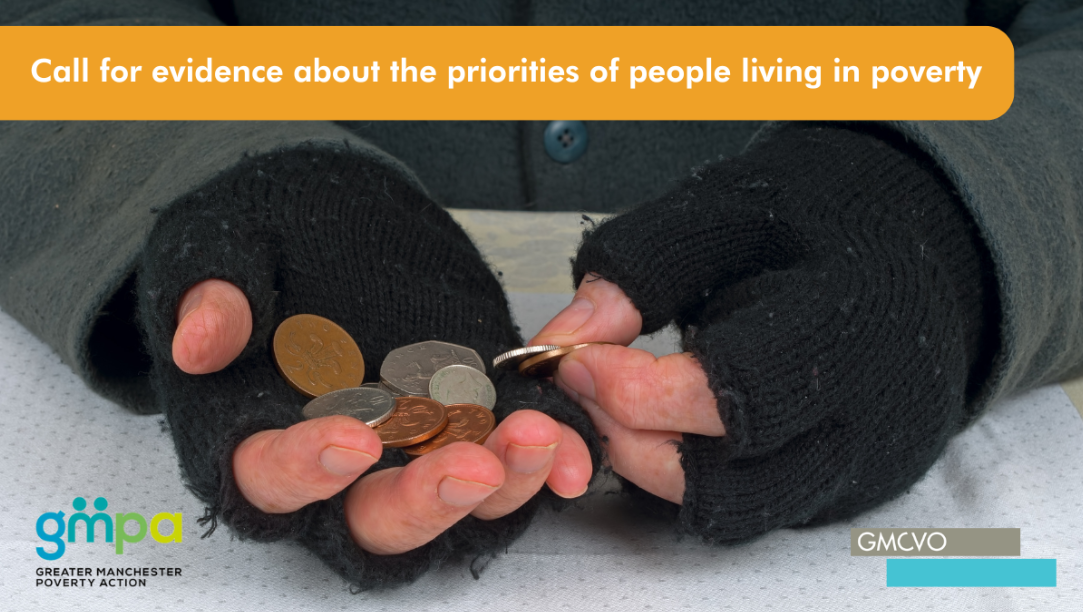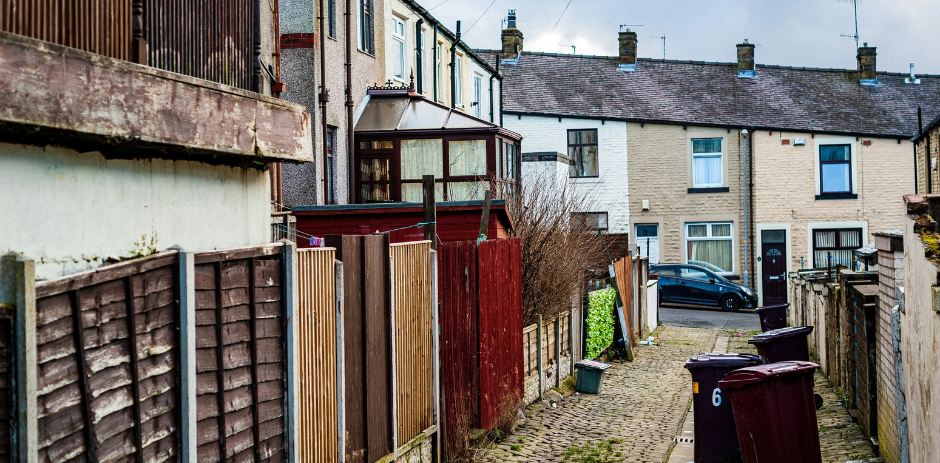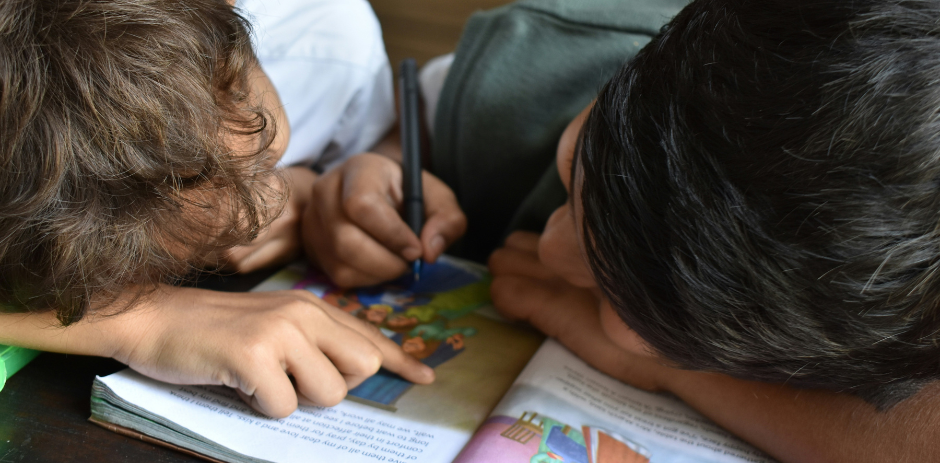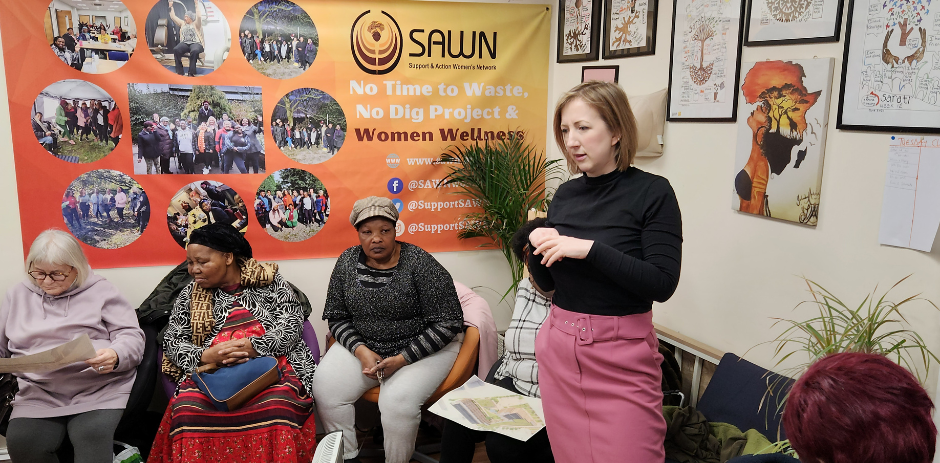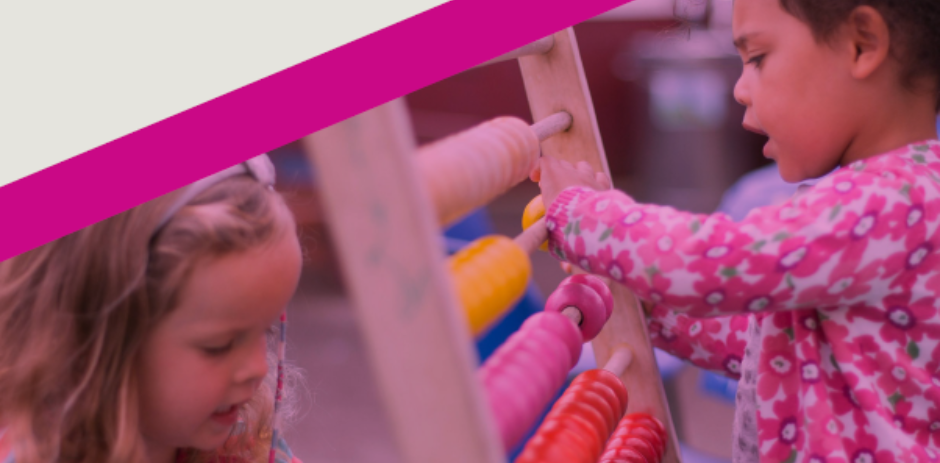By Claire Wood, Director at Datesand
Financial wellbeing in the workplace is a necessity. With poor financial health affecting almost one in three employees, it’s crucial that employees feel empowered and supported. By providing this support, you will not only improve your employees’ performance in work but also make a real difference to their quality of life.
Poor financial wellbeing impacts health in terms of poor psychological wellbeing, higher stress and anxiety levels, and lower levels of good health.
As an employer, you can play a key role in helping your people improve their financial wellbeing. Not only will you be helping support your employees, having a financial wellbeing strategy in place can have a wider impact on the business – by reducing absenteeism, boosting employee performance and improving employee retention and acquisition.
Employees who feel financially well are more likely to feel in control of their finances, less distracted by financial worry and more able to focus on their work.
An employer can do many things to help employees with financial wellbeing. The first, and most important is to become a real Living Wage and Living Hours employer – paying fairly based on the real cost of living and providing a guaranteed minimum number of hours. The next thing to do is to carry out a Financial Wellbeing Survey to find out what your employees are struggling to cope with.
You can then look at offering support based on the feedback – such as:
- Partnering with Manchester Credit Union, who provide advice on loans, savings and debt
- Partnering with Wagestream, who can help employees with unexpected costs
- Offering time with an Independent Financial Advisor within the workplace
- Offering crisis loans for emergencies
- Annual leave buy back schemes
- Independent money and debt advice signposting
- Developing a Financial Wellbeing Policy that outlines your commitment to helping improve your employees’ financial wellbeing
- Giving a charity access to one of your meeting rooms free of charge.
As a member of the Good Employment Charter we believe strongly that businesses have a moral obligation to support their people in any way they can, and this support spills out and positively impacts the employee’s families and the communities in which they live and the economy.
If you’re looking at how you can better support your people, start by paying the real Living Wage, signing up as a supporter of the Good Employment Charter and build from there.
——————————————————————-
This article is featured in our 10 April newsletter.
Want to hear about the latest poverty research, stories and events?
Stay on top of what you need to know. Sign up to our newsletter and join our powerful network of 2.6k+ professionals, volunteers and individuals actively engaged in tackling poverty across the UK.
GMPA will use the information you provide to send you our GMPA newsletter by email. We may occasionally send you emails about other GMPA projects, services and events to pursue our legitimate organisational activities, but we won’t share your personal information; transfer your data internationally; or use your data for automatic profiling. Your personal data will be stored on a secure, password protected database that can only be accessed by members of the GMPA team. Members of the GMPA team are required to adhere to the organisation’s privacy and data use policy. Your personal data will be stored until you tell us you no longer want to receive our newsletter. You have the right to know what information we hold about you and you can ask to see it, amend it or have it deleted by emailing us at contact@gmpovertyaction.org.
